Projects
The Photogrammetry Team engages in a diverse range of projects, both archaeological and beyond.
The Team mission covers an assorted variety of themes in both Internal and Collaborative project settings including: Archival Digitisation, Methodological Development, Fieldwork Application and Public Engagement. We are always looking for new and innovative ways to incorporate photogrammetry techniques and 3D models into research, academia and the public forums. Below you can find information on a range of both past and ongoing projects the Team has been working on:
Internal projects
Our internal projects encompass those performed by staff and students at the University of Liverpool, covering research from all eras of material history. We not only support the development of key skills at the university but also promote the perfecting of methodology and production of ground-breaking research.
Scanning Electron Microscopy
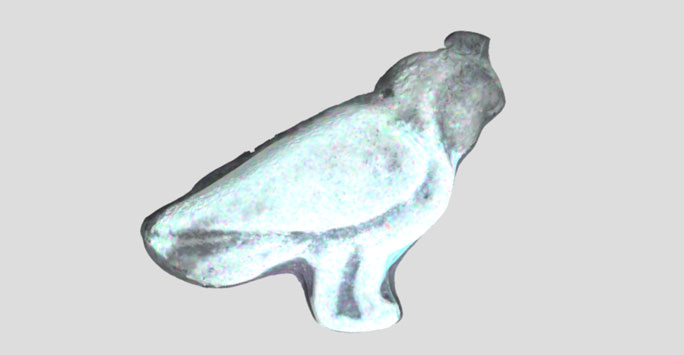
A unique opportunity to develop an innovative way of doing photogrammetry on objects that would otherwise be unsuitable, such as metal or transparent objects. Learn why here.
Multiple object photogrammetry
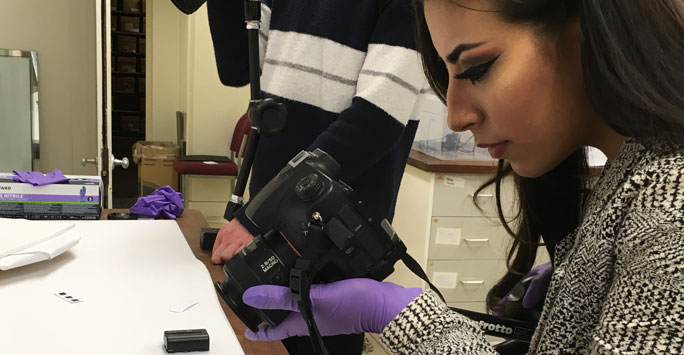
A project to evaluate whether photographing multiple objects might be more efficient than photographing the same objects individually. See what we discovered here.
Decorrelation Stretch photogrammetry
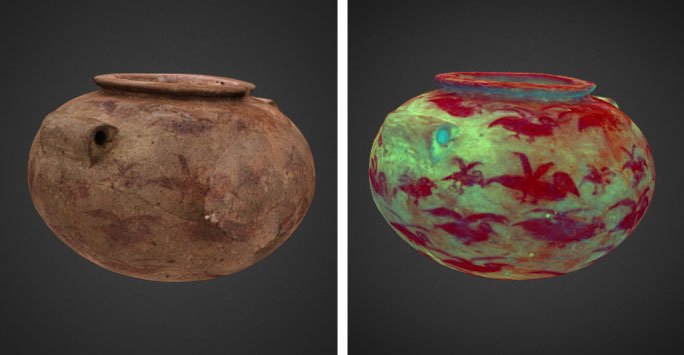
The team is at the forefront of using photogrammetry to reveal ancient objects' hidden histories and designs. Find out how here.
ACE (Archaeological Confectionery Experience)
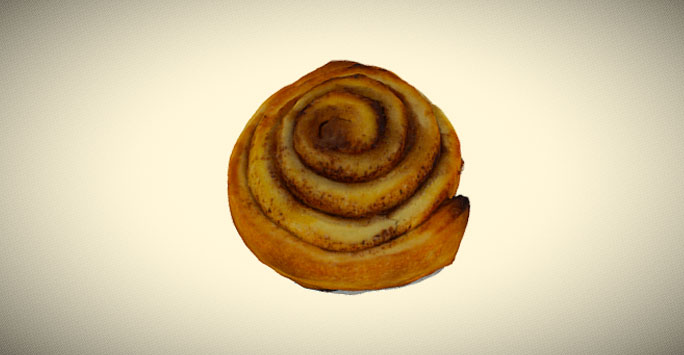
Archaeologists love cake! And what better way to show this appreciation of any and all baked goods by creating 3D models of our favourites. A delicious project with serious reasoning behind it. Learn more here.
Collaborative projects
Alongside our own research we also engage with external groups on collaborative projects, and are often not limited to just the Heritage sector.
The applications of Photogrammetry are numerous and we encourage any individuals or organisations who might interested in learning more to contact us.
Frank Sidebottom preservation
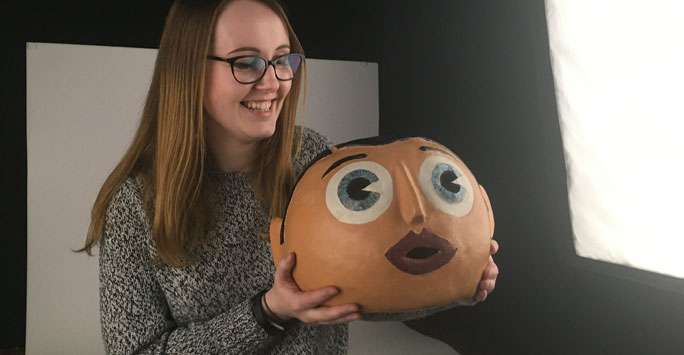
The photogrammetry team built a 3D digital replica of the Frank Sidebottom head so that it could be digitally preserved. Take a look at this fantastic project here.